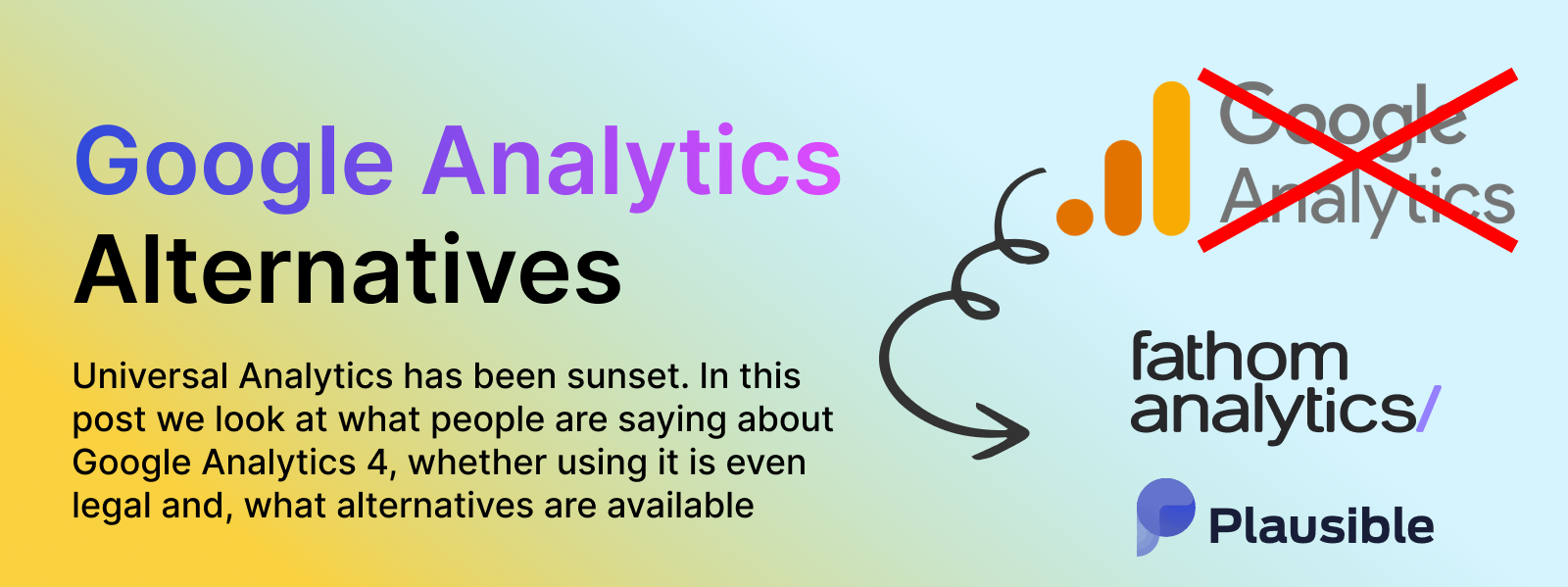AI is revolutionizing online shopping, making product bundling smarter and more effective. Here's what you need to know:
-
AI analyzes customer behavior to create personalized bundles
-
Bundles increase sales and improve inventory management
-
AI-powered bundling is more flexible and data-driven than traditional methods
Key benefits:
-
Higher sales: Customers often spend more on bundles
-
Better customer experience: Shoppers find relevant products easily
-
Smarter inventory: AI helps balance stock levels
By using AI for product bundling, online stores can reduce cart abandonment, increase sales, and improve customer loyalty. Start now to get ahead in 2024.
1. What is AI-powered product bundling?
AI-powered product bundling uses artificial intelligence to create smart product combinations that boost sales and make customers happy. It's a big step up from old-school bundling methods.
1.1. Key ideas and terms
AI product bundling looks at what customers buy and like, then suggests groups of items that go well together. Here's how it works:
-
Data analysis: AI looks at tons of info about what people buy.
-
Smart combos: The AI figures out which products work well together.
-
Real-time updates: Bundles change based on what's selling right now.
-
Personal touch: Each customer might see different bundles.
1.2. Improvements over old methods
Old ways of bundling products had some big problems. AI fixes these:
|
Old Method |
AI-Powered Method |
|---|---|
|
Guessing what might sell together |
Using data to know what sells together |
|
Same bundles for everyone |
Bundles that fit each shopper |
|
Slow to change |
Quick updates based on sales |
|
Limited by human thinking |
Finds patterns humans might miss |
For example, an electronics store used to put a laptop, mouse, and bag together for everyone. Now, AI might suggest a gaming mouse and headset for someone who buys a high-end laptop, because it knows gamers often buy these items together.
"Organizations that adopt AI business strategies generate at least 20% additional revenue and reduce costs by an average of 8%."
This shows how powerful AI can be for sales. It's not just about selling more; it's about selling smarter.
AI bundling also helps with:
-
Clearing out old stock by pairing it with popular items
-
Introducing new products by bundling them with trusted ones
-
Increasing how much each customer spends
2. Advantages of using AI for product bundling
AI-powered product bundling is changing the game for online stores. Let's look at how it can boost your business:
2.1. More sales opportunities
AI bundling helps you sell more without trying harder. Here's how:
-
It spots products that go well together, even if you didn't think of the combo.
-
It suggests bundles that fit what each shopper likes, making them more likely to buy.
-
It can pair slow-moving items with popular ones, helping clear out old stock.
For example, ChannelEngine's AI bundling tool helped one electronics retailer increase their Average Order Value by 22% in just two months by suggesting relevant accessory bundles with big-ticket items.
2.2. Better customer experience
Happy customers buy more. AI bundling makes shopping easier and more fun:
-
Shoppers find everything they need in one place.
-
They discover products they might have missed.
-
They feel like the store "gets" them with personalized offers.
A major online bookstore used AI to bundle books with related items like bookmarks and reading lights. Their customer satisfaction scores jumped 15% in the first quarter after implementation.
2.3. Smarter inventory management
AI doesn't just sell - it helps you manage your stock better:
|
Without AI |
With AI |
|---|---|
|
Guessing what will sell |
Using data to predict sales |
|
Overstocking or running out |
Balancing inventory levels |
|
Slow to react to trends |
Quick adjustments based on real-time data |
One fashion retailer used AI bundling to reduce excess inventory by 30% in six months, pairing seasonal items with year-round bestsellers.
2.4. Insights from data
AI is like having a super-smart assistant that never sleeps:
-
It spots buying patterns humans might miss.
-
It learns from every sale to make better suggestions.
-
It helps you understand what your customers really want.
A pet supply company used AI bundling insights to create a new product line. They noticed AI often bundled certain toys with specific pet foods, leading to the development of breed-specific care packages that boosted their sales by 18% year-over-year.
3. Steps to use AI for product bundling
Want to boost your sales with AI-powered product bundling? Here's how to get started:
3.1. Review your products
Look at what you're selling and think about which items might work well together. This step helps you spot good bundle options before the AI does its magic.
3.2. Choose the right AI tool
Pick an AI system that fits your store's needs. Some options to consider:
|
AI Tool |
Starting Price |
Best For |
|---|---|---|
|
AI Wishlist |
$49/month |
Data gathering, conversion boost |
|
Jasper |
$49/month |
Small to medium stores |
|
Lyro by Tidio |
$25/month |
Customer engagement |
|
Voucherify |
Custom pricing |
Complex bundle configurations |
3.3. Set up data collection
To make smart bundles, your AI needs data. Set up systems to track:
-
What customers buy together
-
Which products are viewed most
-
How long shoppers spend on each item
3.4. Train the AI
Feed your AI past sales data and customer info. This helps it learn what works for your store.
3.5. Test and improve
Try out AI-created bundles and see how they do. Keep what works, fix what doesn't.
3.6. Use flexible pricing
Let AI adjust bundle prices based on demand, time of day, or even weather. This can help you sell more.
3.7. Create personal bundle offers
Use AI to make bundles that appeal to each shopper. This personal touch can boost sales.
"AI Wishlist at OddBalls has been key in gathering data, helping conversion rates, promoting new launches and ultimately generating revenue since we launched it." - Dan Mitchell, Ecommerce Manager OddBalls
4. Tips for successful AI product bundling
4.1. Focus on customer value
When creating AI-powered bundles, put customer needs first. Analyze purchasing patterns and preferences to offer bundles that make sense. For example, an electronics retailer might bundle a smartphone with a compatible case and screen protector, addressing common customer needs in one package.
4.2. Be ready to change
Market conditions shift quickly. Keep your AI system updated with the latest data to adapt your bundling strategy. For instance, during seasonal changes, adjust your bundles to match current demand.
4.3. Be clear with customers
Explain bundle benefits clearly to build trust. Show exact savings and highlight how the bundle solves specific problems. Use simple language in product descriptions generated by AI.
4.4. Keep improving
Regularly update your AI with new data to refine bundling strategies. Test different combinations and analyze results to find what works best for your customers and business.
|
Tip |
Action |
Benefit |
|---|---|---|
|
Focus on value |
Analyze customer data |
Increased relevance |
|
Stay flexible |
Update AI regularly |
Adapt to market changes |
|
Communicate clearly |
Show savings and benefits |
Build customer trust |
|
Continuous improvement |
Test and analyze results |
Optimize performance |
"30% of ecommerce revenue comes from the sale of product bundles." - Fast Bundle
This statistic shows the power of effective bundling. By using AI to create smart bundles, you can tap into this revenue stream more effectively.
5. Overcoming AI bundling challenges
AI-powered product bundling can boost sales, but it comes with its own set of hurdles. Let's look at how to tackle these issues head-on.
5.1. Protecting customer data
When using AI for bundling, you're dealing with lots of customer info. This makes data protection a top priority.
Here's what you can do:
-
Use HTTPS on your site to encrypt data
-
Only collect essential info during checkout
-
Avoid storing customer bank details
-
Run regular PCI scans to spot weak points
-
Keep your site's security patches up-to-date
"90% of small businesses often face data breaches and threat issues."
This stat shows why data protection matters. By taking these steps, you'll build trust with customers and avoid costly breaches.
5.2. Managing inventory
AI bundling can shake up your stock levels. Here's how to stay on top of it:
|
Challenge |
Solution |
|---|---|
|
Sudden demand changes |
Use AI for real-time forecasting |
|
Stock-outs |
Set up auto-alerts for low stock |
|
Excess inventory |
Use AI to spot slow-moving items for bundles |
AI tools can cut forecast errors by 20% to 50%. This means fewer empty shelves and less dead stock.
5.3. Handling different customer preferences
Not all customers want the same thing. Here's how to use AI bundling for various tastes:
1. Use real-time data
Look at what customers are buying right now. This helps create bundles that fit current trends.
2. Test different bundles
Try out various combinations. See what sells and what doesn't.
3. Allow customization
Let customers tweak bundles. This way, they get exactly what they want.
"Dynamic bundling helps get rid of dead or excess stock by increasing their visibility and driving cross-sells with package deals."
6. Future of AI product bundling
AI product bundling is set to change how we shop online. Let's look at what's coming:
6.1. Voice shopping and bundling
Voice shopping is growing fast. By 2025, voice commerce could hit $164 billion. This means big changes for product bundling:
-
Customers can ask for bundles using natural language
-
AI assistants can suggest bundles based on voice cues
-
Voice orders make repeat purchases easier
For example, Amazon's Alexa lets users ask for product recommendations and reorder items. Walmart's Voice Order works with Apple's Siri for grocery shopping.
6.2. Using smart device data for bundles
Smart devices give stores more info about what customers want. This helps create better bundles:
|
Device |
Data |
Bundle Example |
|---|---|---|
|
Fitness tracker |
Exercise habits |
Running shoes + water bottle |
|
Smart fridge |
Food preferences |
Recipe ingredients + cookware |
|
Smart TV |
Viewing habits |
Movie + snack combo |
6.3. Bundling across different platforms
Stores are starting to offer bundles on many platforms. This helps reach more customers:
-
Social media shops
-
Mobile apps
-
Voice assistants
-
In-store kiosks
For instance, a customer might see a bundle on Instagram, ask Alexa about it, then pick it up in-store.
AI makes this work by:
-
Tracking customer behavior across platforms
-
Adjusting bundles in real-time
-
Ensuring consistent pricing and availability
As AI gets better, expect to see more personalized, convenient bundles no matter how you shop.
7. Conclusion
AI-powered product bundling is changing online shopping. It's not just a trend - it's a must-have for stores that want to boost sales in 2024.
Here's why AI bundling works:
-
It creates personalized offers customers want
-
It helps manage inventory better
-
It gives stores useful data about what sells
To use AI bundling:
-
Pick the right AI tool for your store
-
Set up good data collection
-
Test your bundles and keep improving them
Remember, AI bundling isn't just for big companies. Small stores can use it too. As Vanja Josifovski, CEO of Kumo AI, puts it:
"AI-powered personalization is becoming a realization engine for what users truly want in a world of unlimited choices."
The numbers back this up. McKinsey found that 35% of Amazon's sales come from recommendations. For Netflix, it's 75% of views.
Looking ahead, AI bundling will work with:
-
Voice shopping (expected to hit $164 billion by 2025)
-
Smart device data
-
Multiple shopping platforms
By using AI for product bundling, online stores can:
-
Cut cart abandonment (currently at 69.99%)
-
Boost sales
-
Keep customers coming back
Start using AI bundling now to get ahead in 2024.




